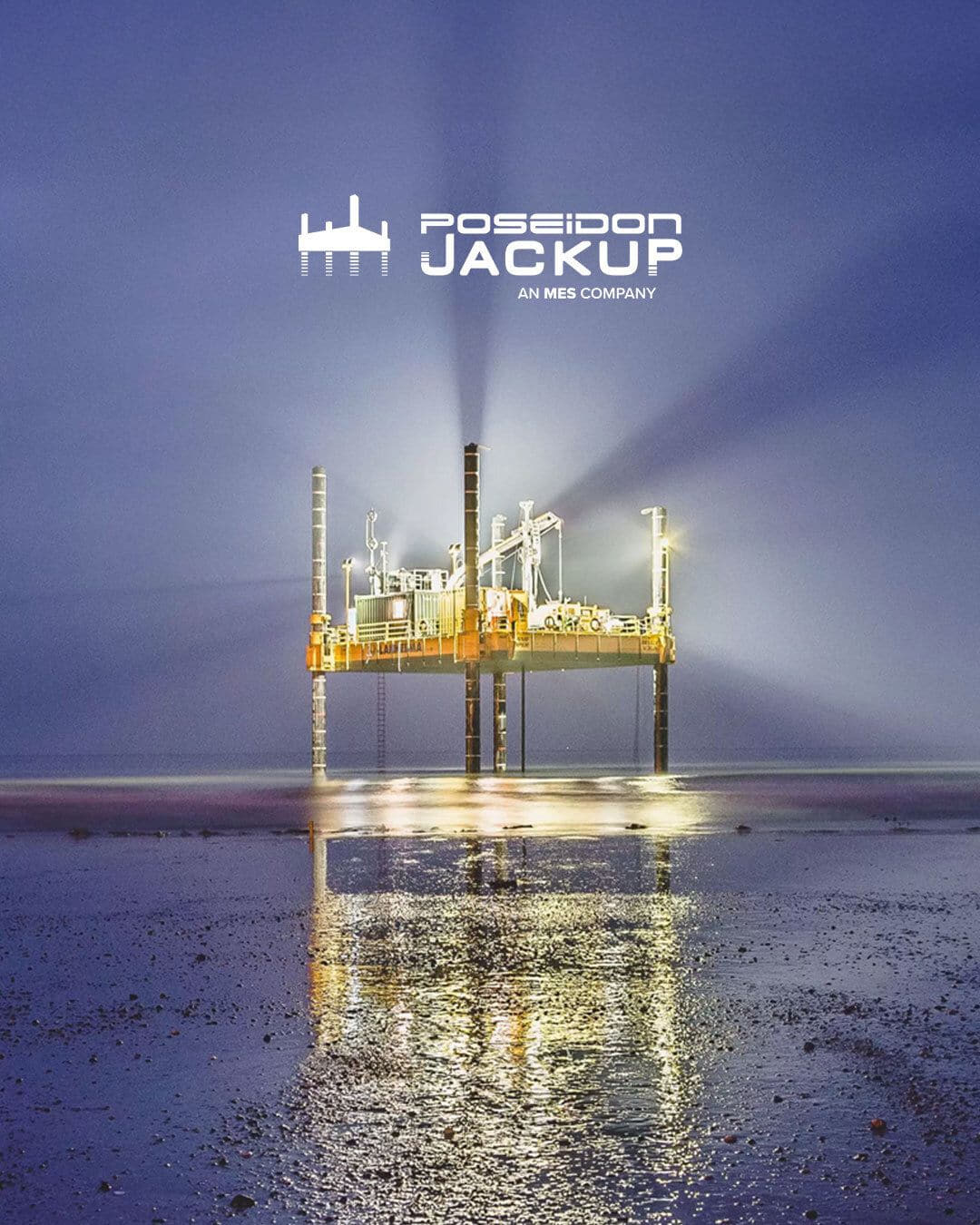By Melisa Cavcic
Copyright offshore-energy

Combifloat Group of the Netherlands and Poseidon Barge of the United States, with the backing of Marine Equipment Solutions (MES), have joined forces to forge a new joint venture (JV), named Poseidon Jackup, whose goal is to bring modular jack-up technology to North America.
While disclosing the official launch of Poseidon Jackup, MES highlights that the joint venture will offer Jones Act-compliant solutions tailored to the needs of U.S. and Canadian marine contractors.
Jaap Jan Pietersen, CEO of Combifloat, commented: “The launch of our joint venture with Poseidon marks a significant milestone for Combifloat Group as we expand our footprint into the United States and Canada.
“This partnership combines Poseidon’s strong presence in North America with our proven expertise in modular jack-up and floating solutions, enabling us to deliver unparalleled value to clients in the marine and offshore sectors.”
Poseidon Jackup’s mission is to introduce purpose-built, modular jack-up barge systems, perceived to be engineered for performance, reliability, and adaptability in the most challenging marine environments.
Marine Equipment Solutions claims that the flagship MES-C7 self-elevating sectional barge delivers “unmatched stability, versatility, and load capacity.”
Applications are said to range from bridge construction and port maintenance to energy and environmental projects, with systems that are modular, transportable, and engineered to perform in both inland and coastal environments.
Dan Ellis, President of Marine Equipment Solutions, highlighted: “Poseidon Jackup allows us to support more complex marine operations with the same standards of safety, quality, and performance that define everything we do.”
The vision behind this JV is to combine Combifloat’s engineering expertise with Poseidon Barge’s U.S. manufacturing strength to deliver elevated platform solutions that are built, owned, and operated in the United States.
“Together, we are committed to setting new standards in operational efficiency, safety, and sustainability, while supporting the growing demand for infrastructure and energy projects across North America,” underlined Pietersen.



